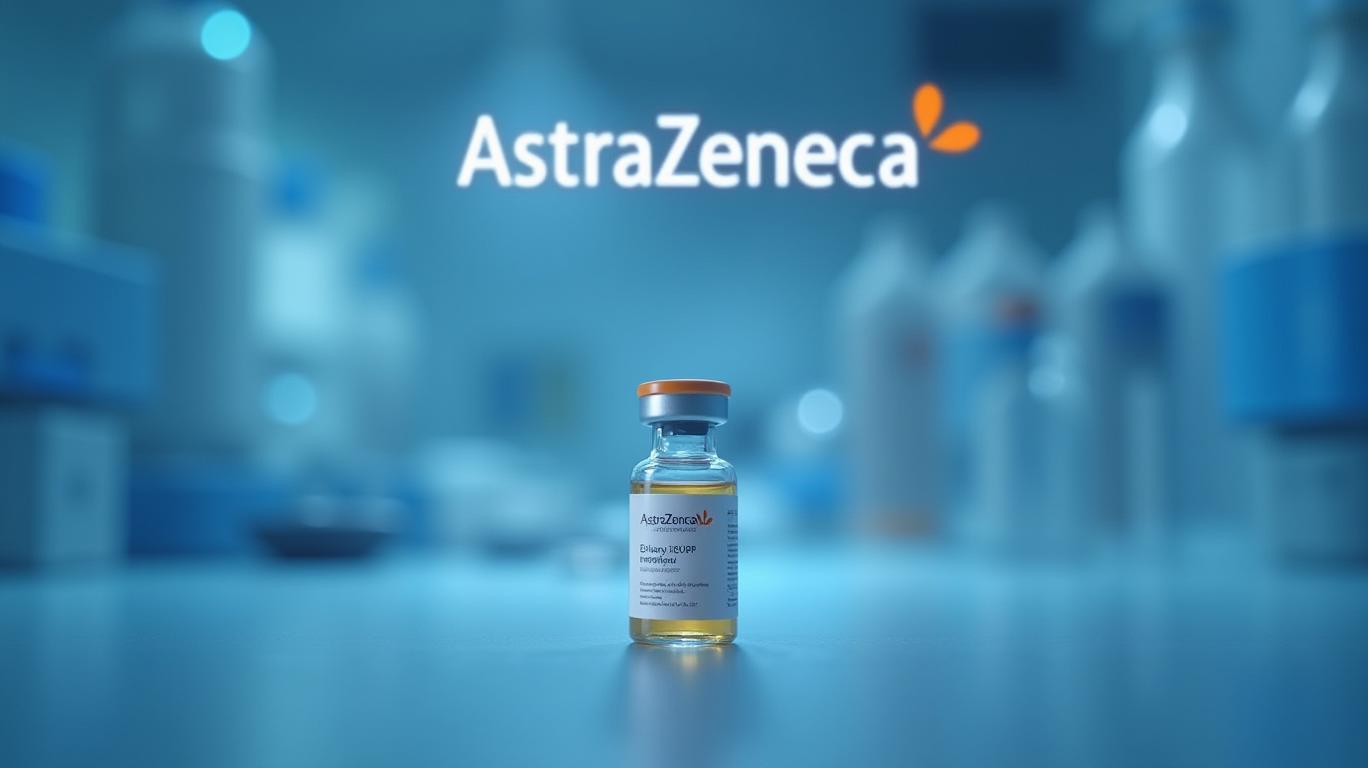AstraZeneca Q1 2025 Earnings: Strong EPS Growth Amid Revenue Challenges and Regulatory Risks
AstraZeneca’s first-quarter 2025 earnings report underscored a tale of two metrics: earnings per share (EPS) surged ahead of expectations, driven by tax benefits and operational efficiency, while revenue growth, though positive, lagged slightly behind its robust trajectory of recent years. The results highlight the biopharma giant’s strengths in its core therapeutic areas, particularly oncology and biotherapeutics, but also expose vulnerabilities tied to geopolitical risks, currency fluctuations, and regulatory headwinds.

EPS Surges on Tax Tailwinds
The most striking element of the quarter was AstraZeneca’s Core EPS of $2.49, a 21% increase compared to the prior year. This outperformance was partly fueled by a 16% tax rate in Q1—significantly lower than the full-year guidance of 18–22%—due to timing of tax settlements. However, the reported EPS of $1.88 also reflected a 34% year-over-year jump, buoyed by currency-neutral growth and cost management.
The tax windfall, while temporary, highlights the company’s financial agility. Yet investors should note that the Core Tax Rate for 2025 remains unchanged, meaning future quarters may see a reversion to higher rates, potentially pressuring EPS growth later in the year.
Revenue Growth: Solid but Slower Than Expected
Total revenue rose to $13.588 billion, a 10% increase at constant exchange rates (CER). This growth was driven by double-digit expansions in Oncology (13% growth to $5.6 billion) and BioPharmaceuticals (12% growth to $5.6 billion), with Forxiga (a diabetes and heart failure drug) and Enhertu (a breast cancer therapy) leading the charge. However, the 10% CER growth rate marked a slowdown from the previous quarter’s 12% growth, and some analysts had expected a higher pace given the pipeline’s momentum.
Name |
|---|
| Pharming GroupPHAR |
| AstrazenecaAZN |
The geographic split showed mixed results:
- China revenue grew 5% (9% underlying, adjusted for declines in legacy products like Pulmicort).
- U.S. revenue rose 8%, supported by oncology and rare disease therapies.
- Europe saw a 6% increase, driven by biosimilar competition and pricing pressures in some markets.
Pipeline Momentum: A Catalyst-Rich Period
The report’s star performance came from AstraZeneca’s five positive Phase III trial readouts, including:
- Enhertu (trastuzumab deruxtecan) met its primary endpoint in first-line HER2-positive breast cancer (DESTINY-Breast09).
- Camizestrant achieved its goal in hormone receptor-positive breast cancer (SERENA-6), set to be presented at the ASCO 2025 plenary session.
- Imfinzi (durvalumab) demonstrated efficacy in resectable gastric cancer (MATTERHORN).
These successes, alongside 13 regulatory approvals globally—including EU and U.S. nods for Enhertu and Imfinzi—position the pipeline as a growth engine for years to come. CEO Pascal Soriot emphasized entering an “unprecedented catalyst-rich period,” with over 20 potential regulatory submissions or approvals by year-end.
Strategic Investments and Risks
AstraZeneca is doubling down on R&D and manufacturing:
- R&D spending rose 16% to $3.088 billion, accounting for 23% of revenue, as it funds late-stage trials and novel platforms like cell therapies.
- U.S. manufacturing capacity expanded to 11 sites, including a new biologics facility in Rockville, Maryland.
However, risks loom large:
- China regulatory scrutiny: Investigations over $1.6 million in unpaid import taxes for Enhertu and data privacy concerns could lead to fines, though AstraZeneca insists it cooperated fully.
- Currency headwinds: The company projects a low single-digit adverse impact on revenue and EPS due to unfavorable exchange rates post-March 2025.
- Biosimilar competition: Soliris (a rare disease drug) faces increasing pressure from generics, while Tagrisso (lung cancer) must navigate Medicare Part D pricing reforms.
Valuation and Guidance
The company reaffirmed its high single-digit revenue growth and low double-digit Core EPS growth for 2025. With a market cap of $154 billion, AstraZeneca trades at a P/E ratio of 20x, slightly elevated versus peers like Pfizer (16x) but justified by its pipeline.
Conclusion: A Pharma Leader Navigating Crosscurrents
AstraZeneca’s Q1 results reflect a company in transition: its oncology and biotherapeutic franchises are firing on all cylinders, with a pipeline that could propel it toward its $80 billion revenue target by 2030. Yet investors must weigh these positives against near-term risks like China’s regulatory challenges, currency volatility, and biosimilar threats.
The 21% EPS growth and five blockbuster pipeline wins underscore management’s execution prowess. However, the stock’s reaction—modest gains post-earnings—suggests skepticism about revenue sustainability and geopolitical risks. For long-term investors, the pipeline’s potential remains compelling, but those with shorter horizons may prefer to wait for clearer visibility on China and currency impacts.
In the words of CEO Soriot, this is a “catalyst-rich period”—but investors must decide whether the rewards outweigh the risks.










